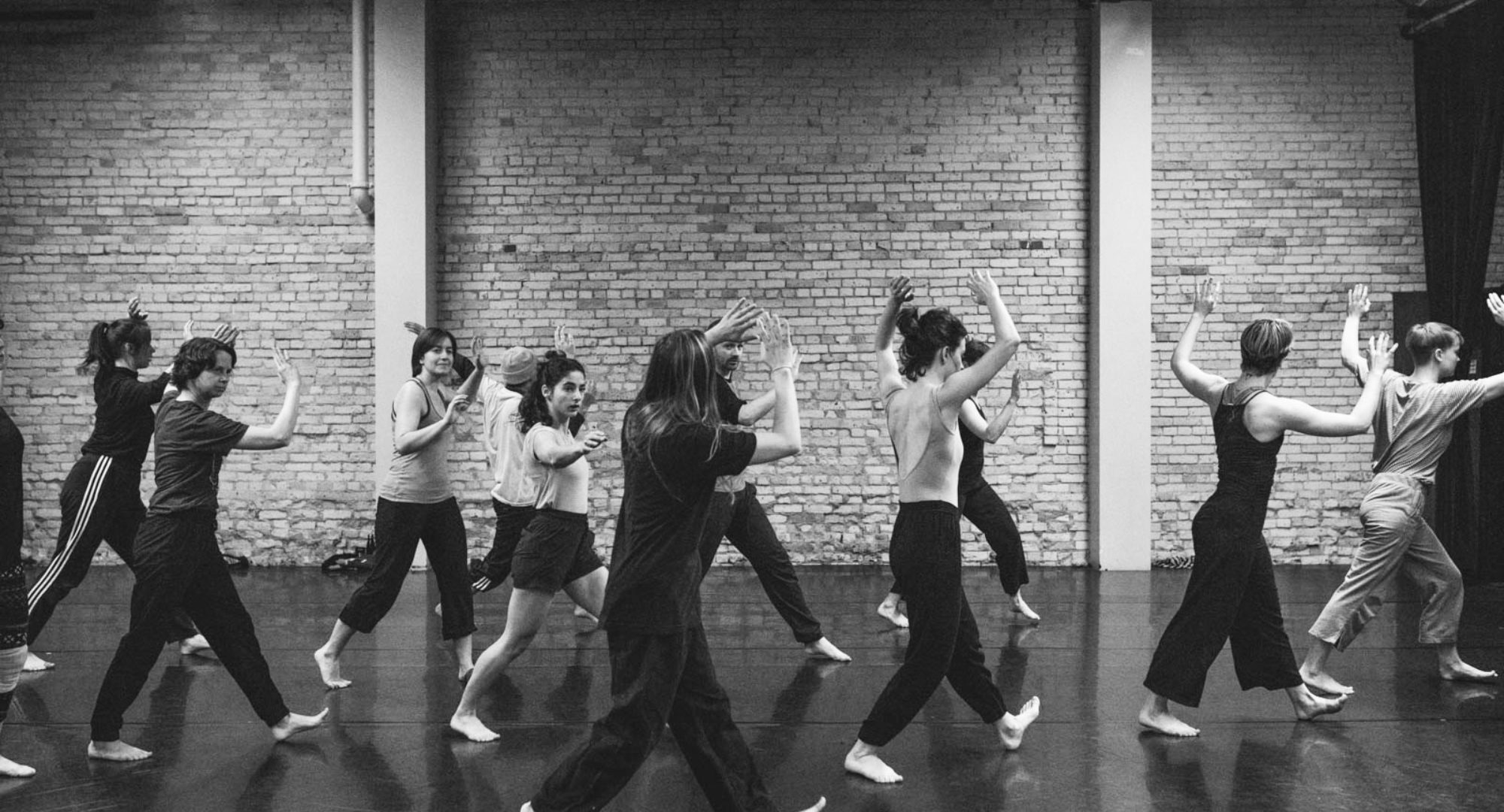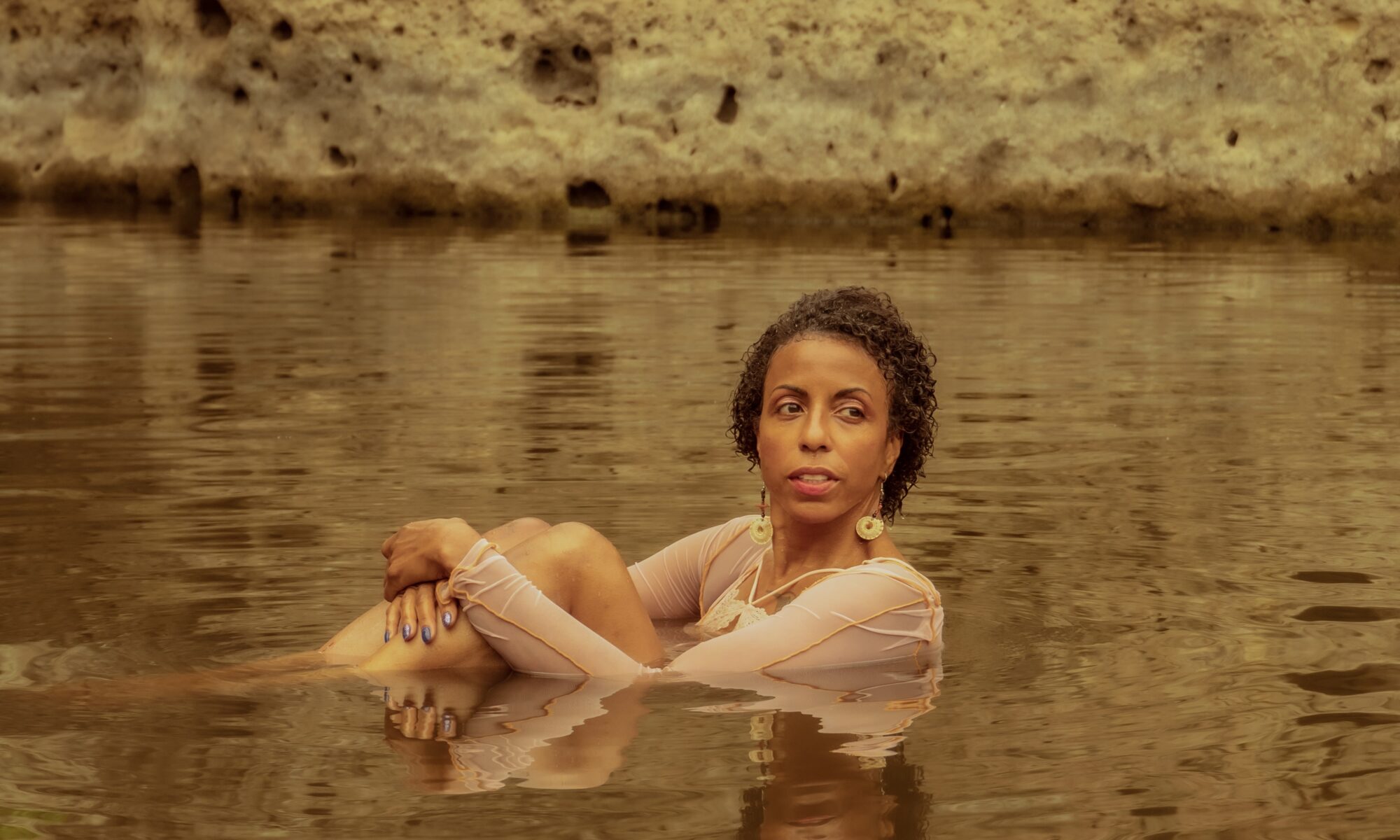Maura García (she/they/na)
Maura García (non-enrolled Cherokee/Mattamuskeet) is a dancer, dancemaker, entertainer, facilitator, thought leader and artistic director. She inspires people to liberate themselves through vibrant performances that channel the sensual rhythms of the natural world. From theater stages, to nightclubs, to museums, to conferences, to universities, to private events, to site-specific outdoor performances, Maura’s powerful work transforms time and space. At the root of all of her endeavors is the desire to heal and create more space for joy in the world.
As an artistic director, Maura collaborates with Indigenous and POC artists to realize multi-media performances, interactive dance experiences and community arts projects. Her narrative driven work uncovers stories hidden by colonialism and reflects the power they have to change our realities. As a human and as a creator, Maura works to uplift Indigenous cultural values, perpetuate ancestral knowledge and actively respect the living earth
COLLABORATORS:
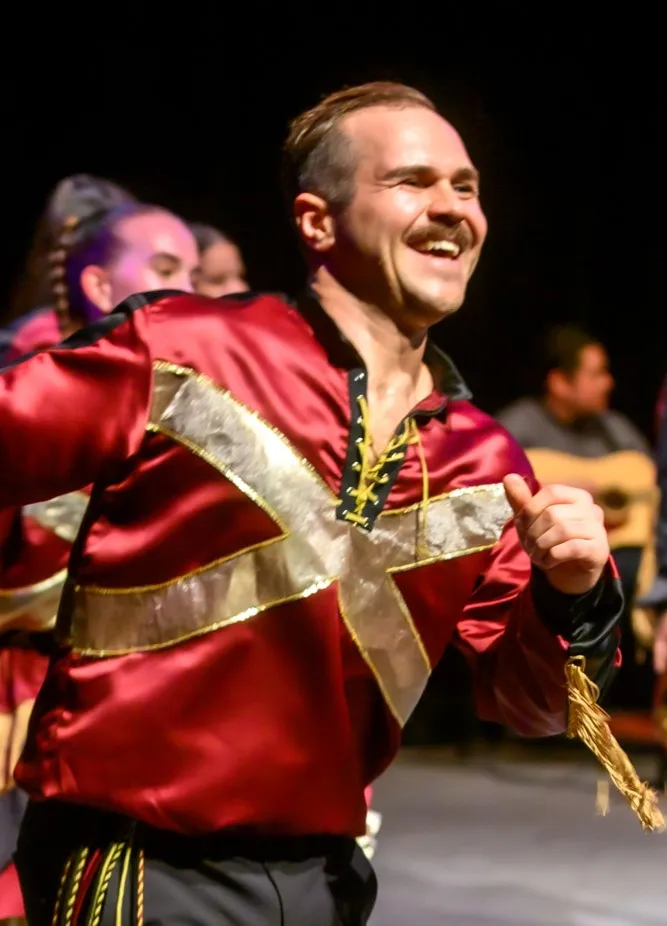
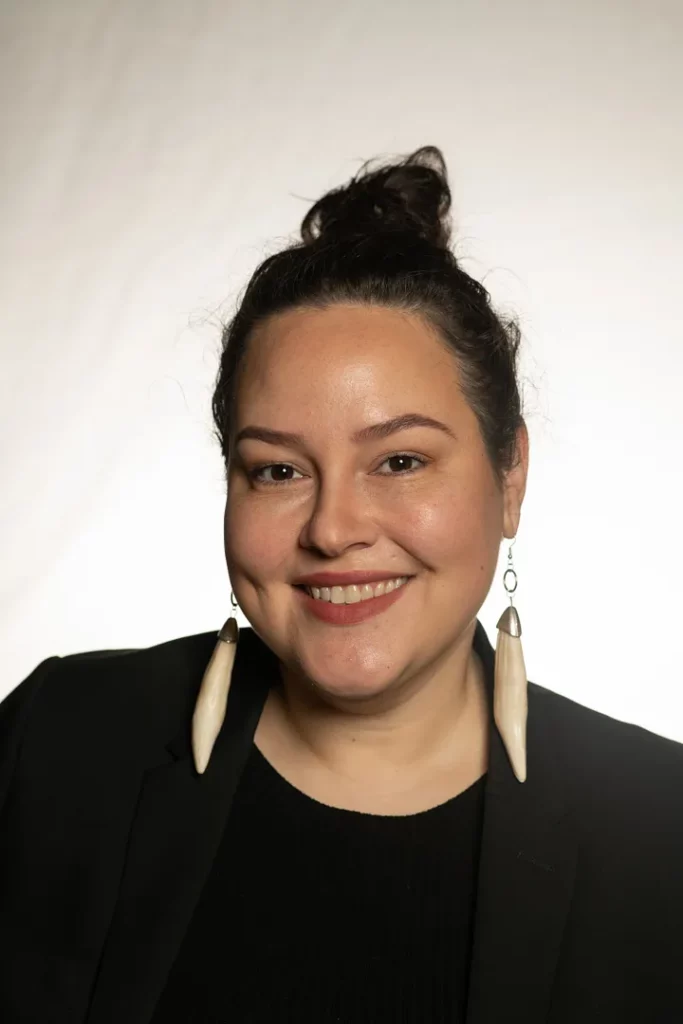
ABOUT ANDRÉ
André Bessette has been a lifelong, grateful visitor to the unceded and ancestral lands of the Tsawwassen, Musqueam, Squamish, and Tsleil-Waututh Nations. He is mixed settler of French and Croatian as well as Métis from the Red River Settlement on the ancestral territories of Anishinaabe and Néhiyaw Nations where Treaty 1 and 2 lay. André was disconnected from his grandmother’s heritage and is reconnecting with family, urban cousins, and culture.
Taught by Yvonne Chartrand and Métis dancers from Compaigni V’ni Dansi since 2017, André found the gregariousness of jigging matched his personality. He has trained in swing, breakdancing, house, acrobatics, and burlesque. As an unconventionally trained dancer, André values community approaches to the exchange of dance.
André is intrigued in dance styles that develop through cultural, interpersonal, and passionate exchanges. Inspired by the spirit of ‘street dance,’ when style and steps are built by a community of dancers rather than a formal institution, André believes there are no barriers to dance. Métis jigging brings together footwork and styles from Néhiyaw, Anishnaabe, French, Irish, and Scottish cultures to create a new dance. André desires to preserve and share Métis jigging while continuing to innovate, grow, and adapt.
André Bessette has performed in Louis Riel Day Celebrations since 2019, the Talking Stick Festival (2020, 2022, 2023), Vancouver Pride Parade (2022, 2023), and competed at Back to Batoche Days and Asham Stomperfest in 2023.
ABOUT VICTORIA
Victoria Perrie is a Métis-Cree artist and lawyer. Raised in Winnipeg and the Interlake, Victoria’s maternal relations hail from communities along Highway 6 and Dauphin, while her paternal relations are from Manitoba House and Sandy Bay. While living in Nunavut, the Sammurtok family named Victoria ᑕᒐᓕᑭᑕ (Tagalikita/Butterfly). Victoria has a long history in program development for Indigenous youth and adults in both theatrical arts and the law. She is the co-founder of Nishtis Collective. Victoria’s artistic practice is multi-disciplinary, but these days she is most often in the theatre or writing poetry.
Proposed Research
I grew up in the foothills, playing in red clay dirt full of roots and rocks and insects. Though I have lived in cities full of pavement, the way I experience the world is always through the earth. As a Cherokee, our traditional dances take place outside, on the earth. And as a professional dance artist, my work is frequently site-specific, outdoors and takes place in deep relationship with the contours of the ground. But in spite of all this, my relationship to the earth has been somewhat topical. It was not until I began to plant our traditional crops by hand that I really began to think about what goes on under the ground. When I dug into the earth it was like diving into a coral reef: a strange, fluctuating, vibrant world. I began to think about the moving parts of the rhizome, the multitude of homes in the soil and the flowing of liquid, rock and fire. I began to think about how, when and where we as humans are interacting with the forces and processes beneath.
In February of 2023, I had a febrile seizure due to extremely high fevers. I was thrown to the ground by my own out of control body. The frenetic undulations caused me to shed blood – an unwilling offering to the earth. Also as a result, I broke my leg, fractured my ankle and had surgery less than a month later. During my recovery I had to use crutches and a boot for many weeks. However, as a dancer used to moving freely, I often opted to get around via a three-legged bear crawl. This ordeal changed my vantage point and relationship to the earth, and inspired a dance film exploring the ideas mentioned in the previous paragraph. When I finished the film, I was left with more questions than I began with. I felt I had just scratched the surface. These combined experiences – my childhood, my ceremonial life, my dance career, planting, the injury and the creation of the dance film – became the inspiration for my Young Lungs Dance Exchange research inquiry and the questions I will be exploring during the residency: What is a ritual? It is how we prevent death. It is how we become aware of the experience of life. Rituals connect us directly to other living beings, in particular plants. Our most basic rituals are the simple and profound acts that we repeat everyday. We empty our lungs. We release our bladders and bowels. We sweat from our pores. We cut our nails and style our hair. We exfoliate our skin and clean our teeth. We rent our face. All are mundane, all are elevated moments of spirituality. Each gesture delays our decay and creates the nourishment for the rhizome. Our
rituals produce co2, water, and fertilizers for the rhizome.
The rhizome graciously receives these offerings. What does the process of the receipt sound like? What likely unperceivable to us movements does the rhizome make, each and every root, depending on what it is receiving? Can we even begin to perceive the depth of its way of sensing, sounding and dancing? And what of the beings who knowingly and unknowingly, willingly and unwillingly transport the discarded parts of our being?
